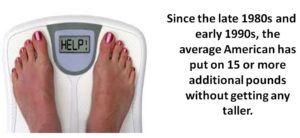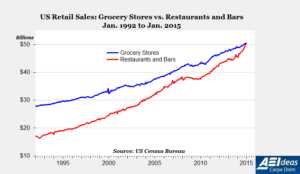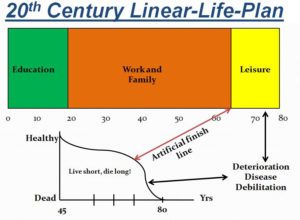I’m 25 and want to retire early. What is my best strategy moving forward?

I’m an information gatherer – probably to the excess. I guess it’s just part of my wiring. In this quest for information, I’m a sucker for signing up to services like Medium.org, the Quora Digest at Quora.com, and others.
Quora is kind of a strange concept – a Q&A site where questions are asked, answered, edited and organized by its community of users in the form of opinions. It’s an information exchange site that discourages low-quality answers and requires users to use their real name to sign up.
Kind of a Wikipedia on the fly with identifiable culprits.
I don’t pay much attention to it, which begs the question of why I let it invade my inbox. A question I’ll someday need to address relative to lots of stuff that invades my inbox.
That’s more than you wanted to know about Quora – and certainly about one of my many quirks.
But I couldn’t pass up one Quora conversation that caught my eye last week. The topic submitted was this:
I’m 25 and want to retire early. What is my best strategy moving forward?
I had to respond. The question hit me two ways:
- Why is a 25-year old already thinking retirement?
- It illustrates how pervasive and deep into our culture the concept continues to persist.
So I’m sharing my response. I have no clue if he got it, read it or gives a damn. And my response has a touch of a rant in it, but – well, it’s just the way I feel about it.
Some will agree, some will be offended, many will find it a yawner. Let me know which you are at the end in the comment section.
Young man:
Perhaps, at 25, you could consider an alternate view: why retire at all? Consider that “retire” comes from the French verb that means “to retreat, go backward, move to a place of seclusion.”
Fortunately, we are beginning to realize that labor-to-leisure/vocation-to-vacation retirement has more downsides than upsides. It’s a concept trying to stand on 20th-century legs, promoted and glamorized by the financial services industry. Retirement didn’t exist 150 years ago and doesn’t exist in nature. It is, fundamentally, an unnatural, politically-motivated notion whose genesis goes back 80 years.
The reality of retirement is that it’s less about the “numbers” and more about achieving a fulfilling life. Some, including myself, are predicting that “unretirement” or “semi-retirement” will become the new prestige rather than traditional retirement, especially early retirement.
Some of the leading voices on lifetime achievement and purposeful living refer to retirement as the “ultimate casualty” where mental, physical, social and spiritual qualities go to die a slow death.
If you are doing what you truly “want” to do and are using your core talents and working toward that deep inner dream, then why would you retire and deny society the impact you can bring forward?
Retirement can be a deeply selfish move by denying us all the deep inner talent and skill you are gifted with.
Most people retire “from” something and rarely “to” something. For many, retirement affords them the opportunity to get away from something that they have tolerated for years rather than something that inspired them daily and that used their core talents.
You are in a position to be way ahead in this game and be a “game changer” or “world changer”. Rather than think retirement, think impact. When you connect your unique ability or essential self with a vision for your life, a desire for retirement is going to fade away – and we all benefit much more.
Good luck to you!
Gary








 Now 87, Shatner looks 20-years younger and is living like his hair is on fire (yes, he still has plenty) – writing books; doing a country-western album, a blues album, and a Christmas album; touring internationally; producing, directing and performing on NYC Broadway stage; speaking.
Now 87, Shatner looks 20-years younger and is living like his hair is on fire (yes, he still has plenty) – writing books; doing a country-western album, a blues album, and a Christmas album; touring internationally; producing, directing and performing on NYC Broadway stage; speaking.







